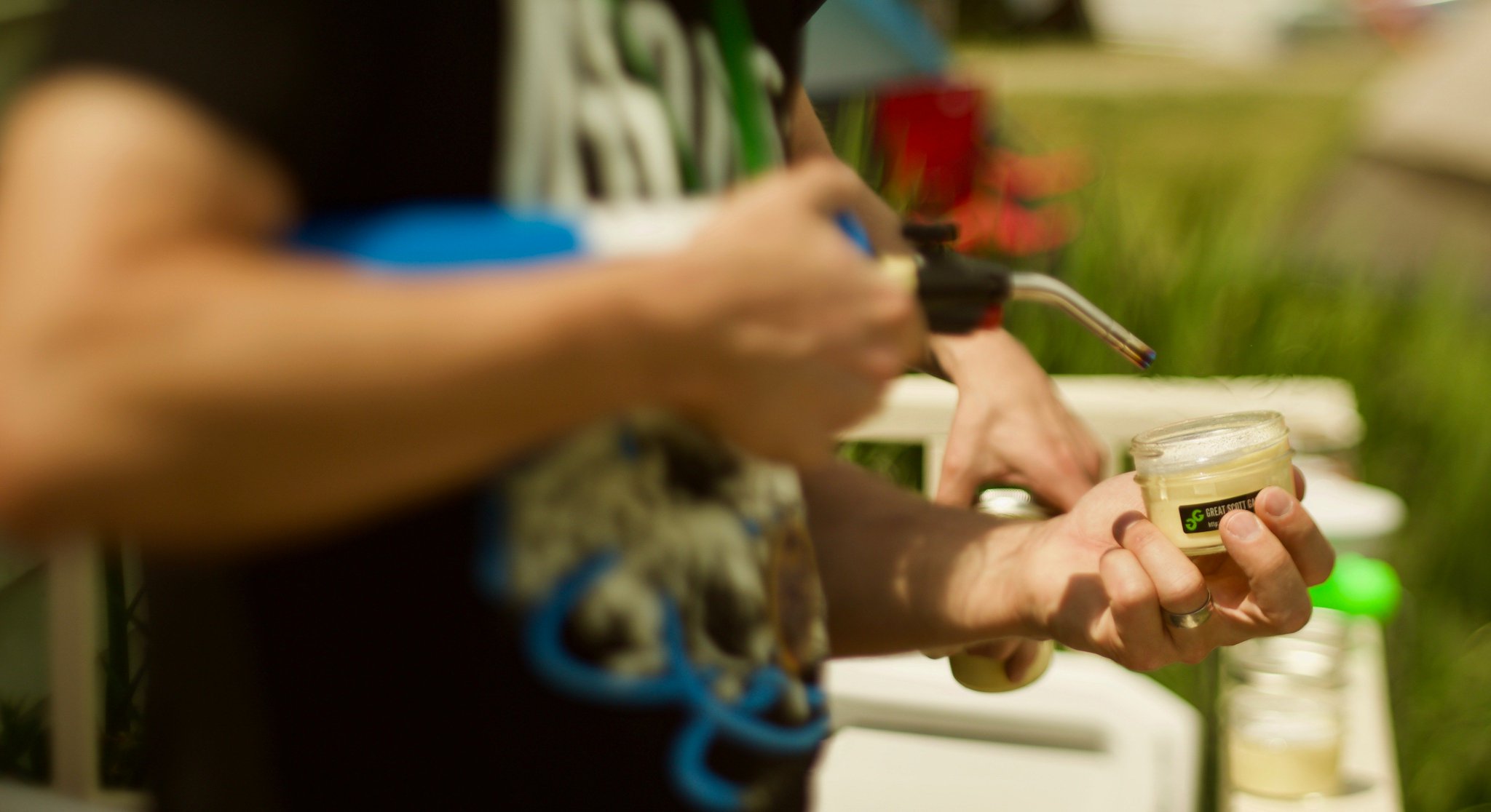Just over ten years ago I sent my first email to Dominic Spill:
“We haven’t met, Dominic, but I hope you don’t mind being included on this message. I thought you two might be interested in some work I finally got around to writing up. . .”
I had been exploring the use of software-defined radio for Bluetooth monitoring and had found Dominic’s paper on the subject. He and I quickly began collaborating on the development of tools and techniques that improved upon the methods in his paper. Just three months later, we presented Building an All-Channel Bluetooth Monitor at ShmooCon 2009.
We met in person for the first time the day before our talk at ShmooCon, and we have been friends and research partners ever since.
Over the next two years I learned electronics and designed Ubertooth One, a low cost test tool that implemented some of the techniques Dominic and I had developed. Ultimately this me led to create Great Scott Gadgets as a way to put such tools into the hands of innovative people around the world.
When Great Scott Gadgets began to become too much work for me alone, Dominic was the first person I turned to for help. He took over development and support for the Ubertooth project as a remote contractor while I turned my attention to developing new tools and growing the company.
Eventually Dominic moved to the United States and joined the GSG team in Colorado as a full-time employee. He played a key role in research and development, provided technical support for our resellers and end users, led our software development efforts, mentored interns, kept our internal IT systems up and running, and even cleaned the refrigerator. His humor, creativity, and patience have been felt by every member of the team.
For ten years Dominic and I have continued collaborating on research and developing new tools. I’ve lost count of the number of conference presentations we’ve given together and of how many times one of us has turned to the other and said, “Here’s a crazy idea. . .”
Yesterday was Dominic’s last day at Great Scott Gadgets. Having decided that he needed a change, he will pursue new adventures.
We will miss Dominic greatly. He will always be a part of the GSG family.


